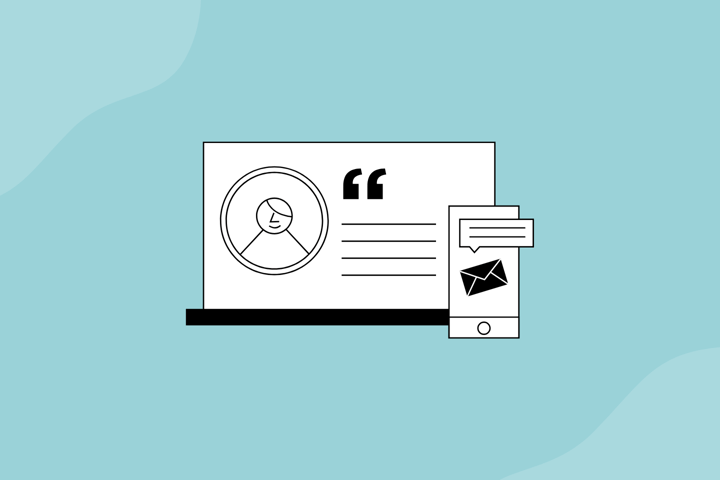Building common Local Government personas
- Home
- Blogs

Reaching a broad audience is a key challenge for local government marketing professionals. From residents of all shapes and sizes to local business owners and internal stakeholders, there are so many different groups to talk to. To effectively target this diverse group, it’s important to have personas as part of your marketing strategy.
In this article, we discuss the importance of user personas, how to create them, and some key audience segments.
What is a user persona?
A user persona is a semi-fictional representation of our target audience. It is created using existing audience insights and user research. Many different persona formats exist, but they all tell a story about our users to help us understand them better.
Why personas are crucial for local governments
User personas are key for local government marketing teams because they help identify and address different audience needs. This ensures that they are getting the most benefit from and can access services and information to support their needs.
User personas can guide your communications strategy by helping to:
- Articulate user needs and identify pain points
- Differentiate between audience types
- Give structure and context to a broad audience
- Increase alignment and collaboration between stakeholders
- Humanise communications by targeting and personalising messages
- Guide user-focused content creation
Key local government personas
In our work with local government, there are two key personas we often come across: the busy parent and the retired resident. These are two audience segments that often interact with local government services and are engaged with the community.
Melanie the Mum
Melanie is a busy mum of two young children. She is a resident of the city, having bought a house in the area a few years ago to raise her family in. She is engaged with the local community and enjoys living there. Her main interactions with the council are accessing services such as paying her rates. She will also search for information about local facilities and parks, or find family-friendly events and activities. She often struggles to juggle her busy life, so being able to find simple information that she can quickly understand is crucial.
Ronnie the Retiree
Ronnie has lived in the same area for most of his life. He is interested in seeing it develop and has lots of opinions about it, too. Ronnie struggles with technology and finds it difficult to do things online, such as making payments. He will sometimes go to the library when he needs to use a computer, but he prefers being able to talk to someone in person. He just wants it to be easy for him to access the council services and stay updated with developments.
Some other personas we often encounter include:
- Young couples who are new to the area (or looking to move)
- Tourists and visitors
- Local business owners
How to create your own personas
You most likely already have lots of intel that will help you create user personas. A great place to start is your community profile. Look for trends that can help you segment your audience into key groups. For example, is there a certain age group that is high in your city?
Another great source of information is your customer-facing team. Consider holding a workshop or interviewing team members whose roles involve many touchpoints with your audience. They will be able to provide you with insight into the common types of people they interact with and their needs and challenges.
Once you have grouped together your audience segments, it’s time to start creating their personas. Start small and focus on the audience groups you interact with most.
- Give your buyer persona a name and image. We’re big fans of using alliteration for memory retention and to give your audience some personality. This will help your team to actually use the personas in strategic conversations and day-to-day work.
- Focus on details that bring your personas to life. What is their story? What does a typical day look like to them? This is definitely a step to have some fun with.
- Then, discuss the pain points, challenges, and motivations that brought them to you. You want to have an in-depth understanding of how your customers feel and what causes them to take certain actions.
- Finally, work out how you can best help them and add value to their lives.
Putting your personas into action
Once you’ve created your audience personas, it’s time to roll them out. Present them to relevant team members and invite feedback. To keep them alive, make sure the personas are readily accessible in a shared drive. They should be used to help facilitate marketing and communications strategies. For example, when rolling out a new campaign, ask yourself, “How would Melanie respond to this?” or “Would Ronnie know how to use this new online website feature?”
User personas should be regularly reviewed and updated to ensure they remain relevant.
Ready to get started creating your own user personas? Download our persona template here to make your own. You will need to sign into your Canva account to copy the template.
